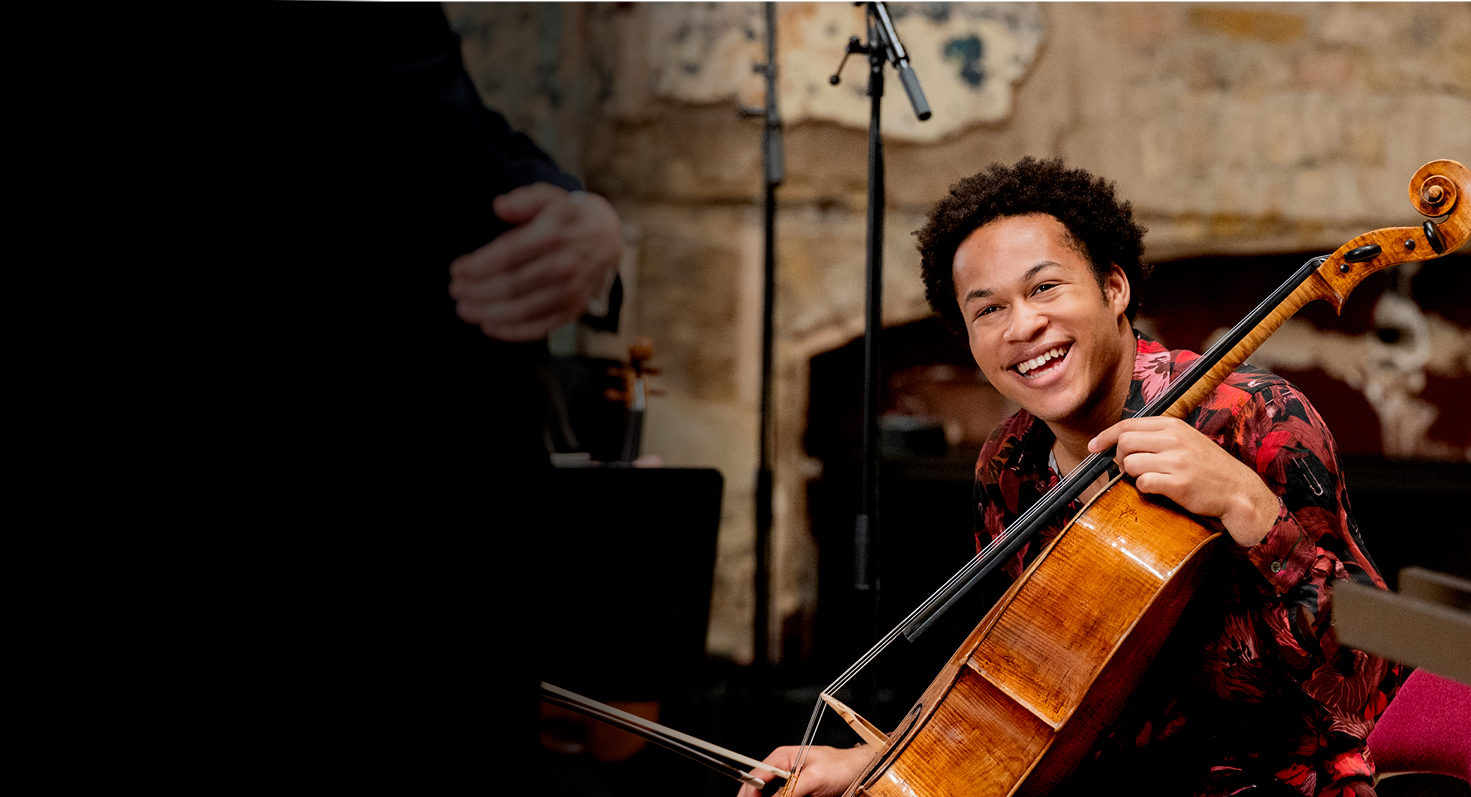Who was Florence Price?

Everything you need to know about Florence Price on this feature by our Programmes Editor, Joanna Wyld, ahead of the first installment of our autumn series of livestreamed performances Live from Royal Festival Hall.
You can also read the full programme notes and artist biographies here.
“My dear Dr. Koussevitzky, To begin with I have two handicaps – those of sex and race…”
So wrote Florence Price (1887–1953) to the conductor Serge Koussevitzky in 1943. She acknowledged the barriers that faced people of her colour and gender, writing that in owning them to the conductor he was now in the position of “knowing the worst” of her. Yet Price overcame these obstacles to become the first African American woman to gain widespread recognition as a composer, and from the 1930s until her death she was the most famous African American woman composer in the world.
Florence Price was born Florence Smith in Little Rock, Arkansas. When she married attorney Thomas J. Price in 1912, Florence took his name. Growing up, Florence’s mixed-race family was part of the black upper-middle-class community. Her grandparents had been free but had lived in a slave state. Her father, Dr James H. Smith, became Little Rock’s first black dentist. Her mother, Florence Irene Gulliver Smith, was a successful businesswoman and an accomplished pianist and singer who gave her daughter her first music lessons. The young Florence was educated alongside William Grant Still, another African American composer whose arrangement of Dances in the Canebrakes we hear on this programme.
In 1927 Price, with her husband and three children, moved away from the increasing racial oppression in the South and headed for Chicago, where she studied at the American Conservatory and at the Chicago Musical College. In 1931 Price ended what had become an abusive relationship and remarried soon afterwards.
It was in the 1920s that Florence Price started to win awards for her compositions. Her Symphony in E minor won first prize at the Wanamaker competition in 1932, and was premiered in 1933 by the Chicago Symphony conducted by Frederick Stock, making Price the first black woman to have an orchestral piece played by a major American orchestra. The symphony was well received, paving the way for Price to become a significant figure in Chigaco’s musical life.
“… one of the greatest immediate successes ever won by an American song…”
When Marian Anderson performed Price’s Songs to the Dark Virgin (1941), the Chicago Daily News hailed the occasion as “one of the greatest immediate successes ever won by an American song”. John Barbirolli commissioned an overture from Price in 1951, but he and Stock were in a minority, and many prominent musical figures, including Koussevitzky, ignored her.
A stash of Florence Price’s scores was left languishing in a tumbledown house until its discovery in 2009. Thankfully, her music is now being programmed and listened to more widely than ever before; a voice at risk of falling silent is singing for all to hear.
Feature by Joanna Wyld © Philharmonia Orchestra/Joanna Wyld
Support the Philharmonia
Donate today to Keep the Philharmonia Playing for our audiences around the world

